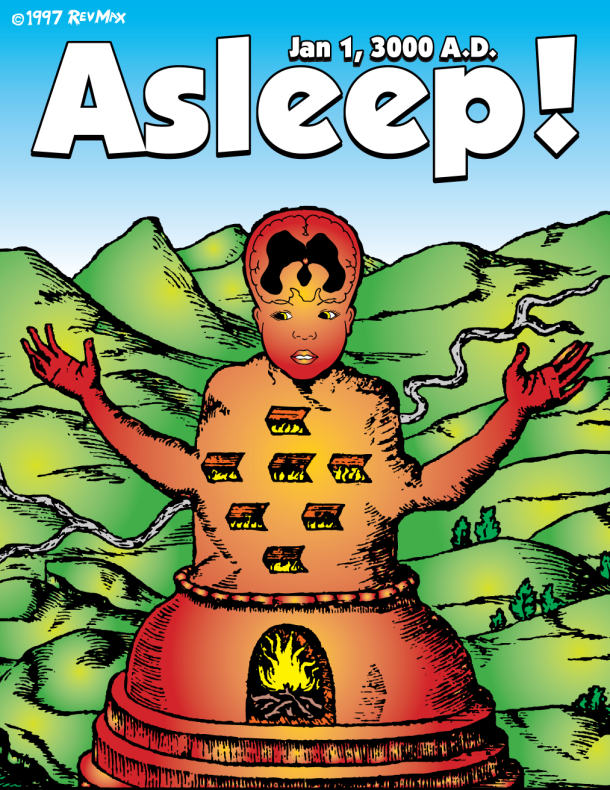As Sophia looked down into the swirling void, a monstrous creature swam forth from the darkness – an insane fallen angel called “the Demiurge”:
“…a Ruler first appeared out of the waters… having a great authority within himself, but not knowing whence he came into being.” 1
Disgusted by her accidental creation, Sophia threw the Demiurge back into the darkness, where he landed with a splash:
“When Sophia saw what her desire had produced, it changed into the figure of a snake with the face of a lion… She threw it away… so that none of the Immortals would see it. For she had produced it ignorantly.” 2


